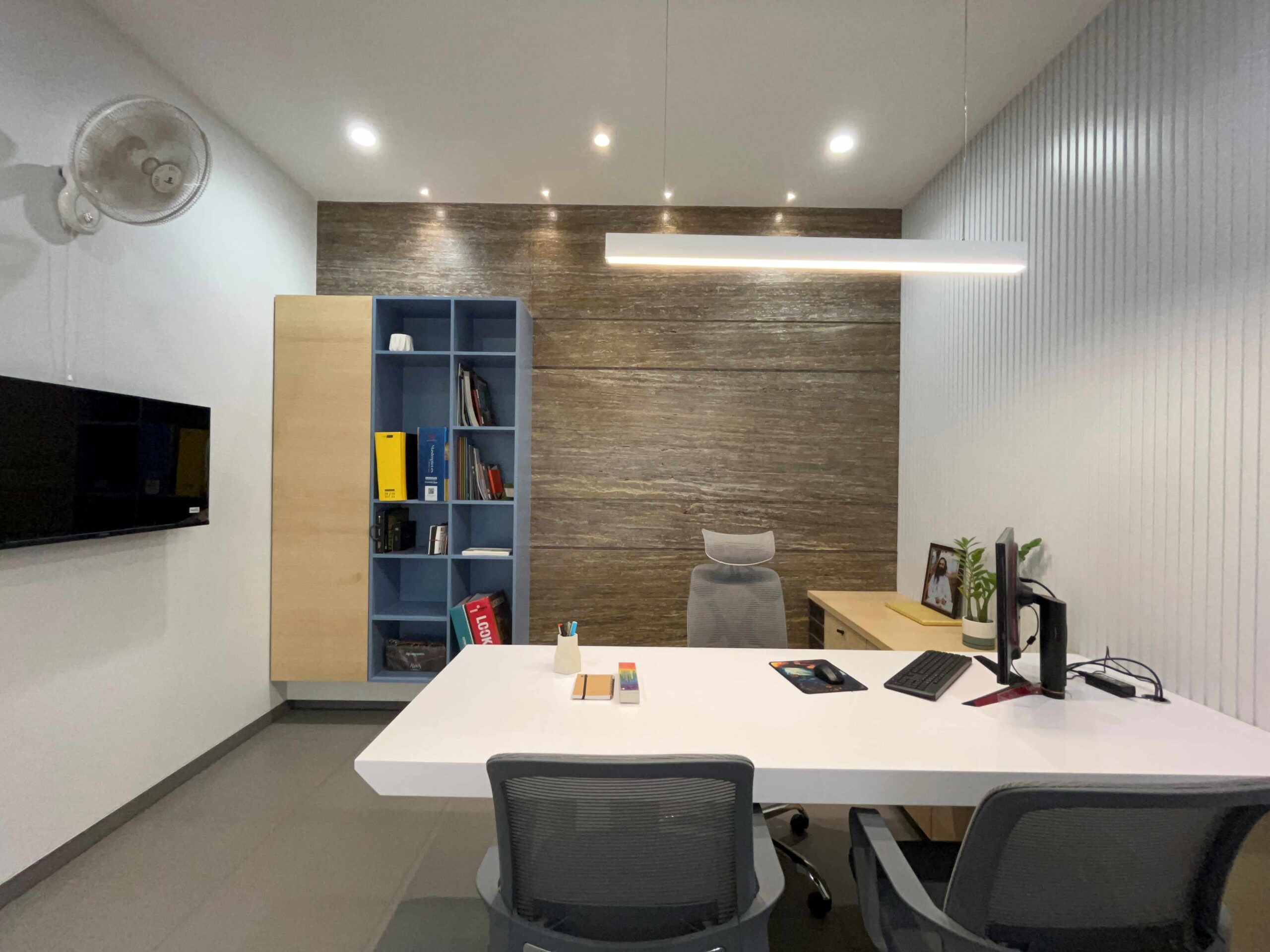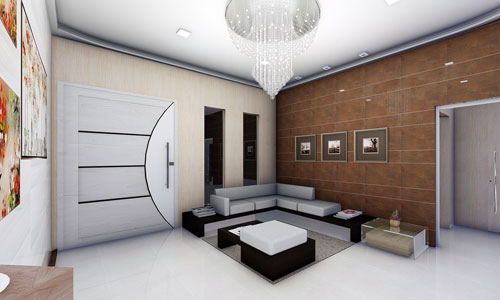Making Best Use Of Visual Appeal: The Harmony Between Interior Design and Home Architect Strategies
Recognizing the subtle interaction between interior style and home design can considerably boost the visual appeal of a living room. This marriage of design techniques involves a thoughtful assimilation of architectural components with interior layouts, and a skillful application of concepts such as rhythm, balance, and comparison. As we discover this synergy, we will certainly uncover methods to create visually striking and useful atmospheres that not just reflect individual style, however also adapt to the dynamic demands of contemporary living.
Recognizing the Fundamentals: Specifying Interior Design and Home Architecture
Indoor layout and home style, usually linked, stand for the structural and visual facets of our living rooms. Inside style is a diverse technique that entails developing useful, secure, and cosmetically pleasing areas inside a structure. On the various other hand, home design mostly focuses on the solid structure of a structure.
The Harmony Described: How Interior Decoration and Home Design Intersect
Comprehending the harmony in between interior layout and home design can unlock a globe of imagination and functionality. When discussing this junction, the influence of architecture on insides is an important aspect to take into consideration. This discussion will concentrate on the unifying style principles that mix these two areas into an unified whole
Unifying Style Concepts
While it might appear that indoor layout and home style are 2 distinct disciplines, they are actually deeply interconnected, forming a synergy that is necessary for developing unified living rooms. Unifying layout concepts are the columns that promote this synergy. In significance, these concepts offer as the bridge, joining indoor layout and architectural methods.
Building Influence on Interiors
The intertwining of interior decoration and design ends up being even much more evident when one thinks about the architectural influence on insides. Building components are innate to an area's performance and aesthetics, shaping the design from the beginning. Columns, beams, arches or staircases, for instance, offer both attractive and structural purposes. They can separate areas, develop focal factors or imbue a room with a details ambiance. Consideration of light, percentage, and structure additionally come from building impacts. Inevitably, design molds the canvas whereupon indoor designers work. Their synergy is thus obvious: design develops the structure, which interior decoration improves with decoration, shade, and texture. This symbiotic partnership guarantees an unified balance between function and elegance, optimizing the aesthetic allure of any kind of room.
Key Principles in Balancing Interior Design and Home Design
Striking a balance between performance and aesthetics is a basic facet of integrating indoor layout and home style. A similarly crucial principle is the combination of sustainable design to develop environmentally friendly and energy-efficient homes. Lastly, understanding and exploring numerous building styles can also play a vital duty in attaining an unified style.

Stabilizing Functionality and Appearance
Balancing performance and aesthetics in indoor layout and home style emerges as one of the paramount principles to consider. Visual appeal uplifts the state of mind and influences the assumption of room, whereas capability makes certain functionality and comfort. Equally vital is the efficient setup of the area, with a tactical layout adding substantially to the synergy between capability and aesthetic appeals.
Lasting Layout Combination
In maintaining the stability between performance and aesthetic appeals, one should additionally think about the combination of lasting design principles. This strategy not only enhances the visual allure of a room yet additionally ensures its longevity and lowered ecological impact. A harmonious blend of indoor design and home architecture, guided by sustainability, can develop areas that are lovely, practical, and environmentally pleasant.
Discovering Architectural Designs
While there are a wide variety of building designs to explore, it is important to recognize that every one brings its special principles that can substantially affect the harmonization of interior decoration and home style. These designs, varying from the elaborate Baroque to the minimalist Modernist, lug unique philosophies and aesthetic appeals that, when properly recognized and utilized, can produce homes that are not just visually magnificent but additionally harmoniously integrated in regards to design and design. Selecting an architectural design is not merely regarding individual aesthetic preference; it has to do with selecting a layout language that talks with the house owner's lifestyle, approach, and desires, creating a home that is a true representation of its citizens.
Case Studies: Phenomenal Examples of Style and Design Harmony
Delving into some phenomenal study supplies an extensive understanding of how style and design can sympathetically combine to create compelling and practical rooms. The iconic Fallingwater house, developed by Frank Lloyd Wright, remarkably shows this harmony. Wright's layout masterfully incorporates your house with right here its surrounding landscape, Resources while the interior mirrors the exterior's organic forms. Another example is the minimalistic Tadao Ando's Church of Light in Japan. The designer accomplished an ideal balance between simplicity and dramatization, using raw concrete and light. Inside, the stark, minimal design creates a sense of serenity and spiritual contemplation. These examples illustrate the importance of harmony in between indoor layout and style in attaining practical and aesthetic success.
Practical Tips: Enhancing Your Home's Aesthetic Allure
Attracting motivation from the case research studies of building and design harmony, home owners as well can implement some useful techniques to improve their home's visual appeal. A harmonious blend of shades, textures, and illumination can boost an area, creating a warm and inviting ambience. Ultimately, the visual charm lies in balancing functionality with design, creating a home that is both habitable and beautiful.

Future Patterns: How Modern Techniques Are Altering Interior Design and Style
As the globe evolves, so do the patterns see here now in indoor layout and style. Modern techniques are progressively concentrating on sustainability, incorporating energy-efficient designs and green materials. These fads reflect a shift in the direction of designs that are not just aesthetically pleasing, yet likewise eco conscious, technologically advanced, and versatile to transforming lifestyles.
Final thought
Finally, the combination of interior decoration and home style strategies is a vibrant method to enhancing visual charm. By leveraging key concepts like rhythm, equilibrium, and comparison, and including aspects of contemporary living, developers can develop flexible, aesthetically pleasing atmospheres. Through recognizing this synergy, homeowners can make enlightened decisions that not just raise their home yet also add to their general health.
Comprehending the subtle interaction in between interior layout and home style can substantially elevate the aesthetic appeal of a living space.Indoor style and home architecture, commonly linked, stand for the structural and aesthetic facets of our living areas.While it may seem that indoor design and home style are two unique disciplines, they are really deeply interconnected, creating a synergy that is crucial for producing unified living spaces.The intertwining of indoor design and style becomes also more evident when one thinks about the building influence on insides. An unified combination of indoor design and home style, directed by sustainability, can develop areas that are beautiful, practical, and environmentally friendly.
Comments on “Explore the Expertise of Leading Hampshire Architects for Unique Residential Projects”